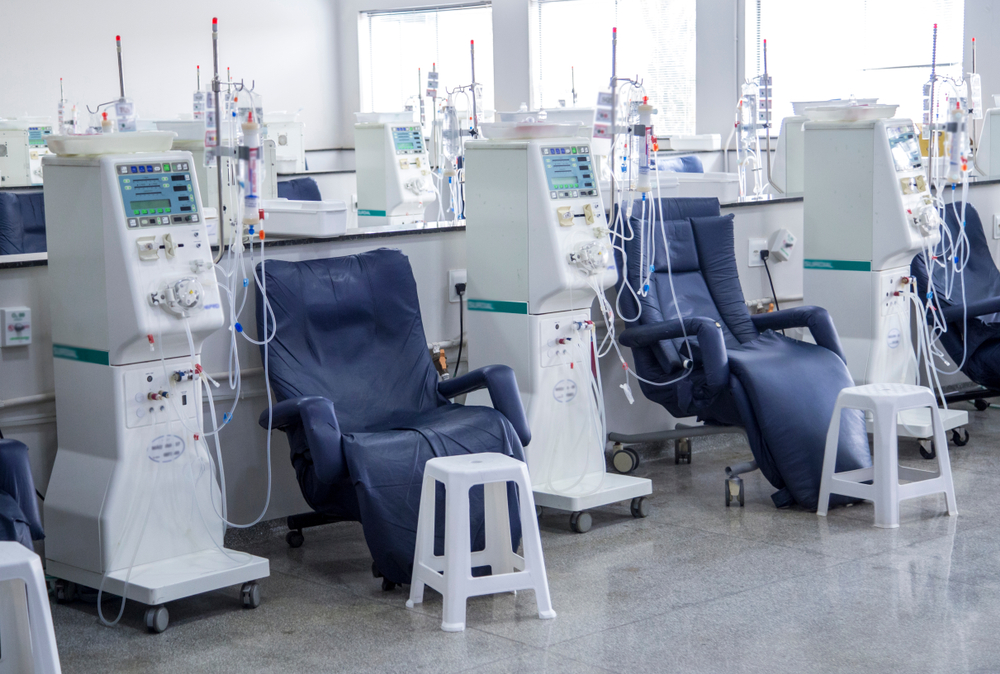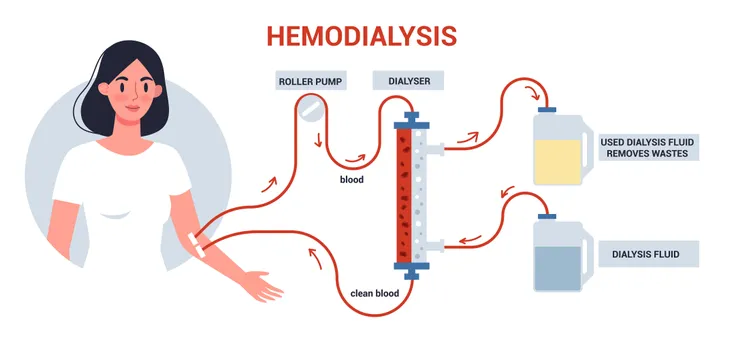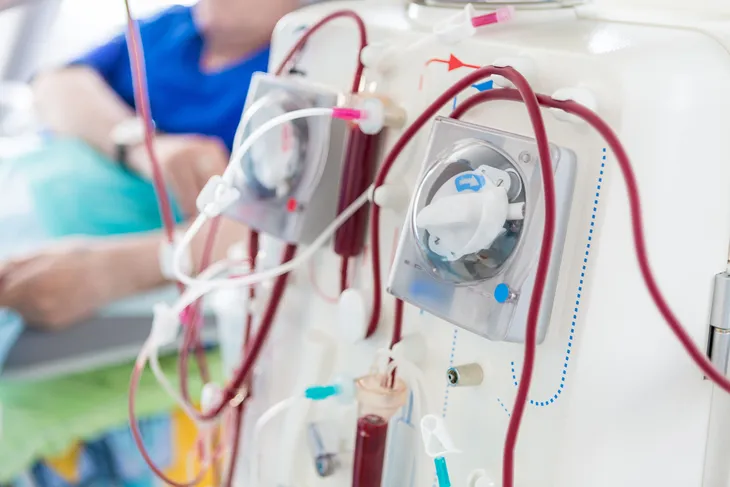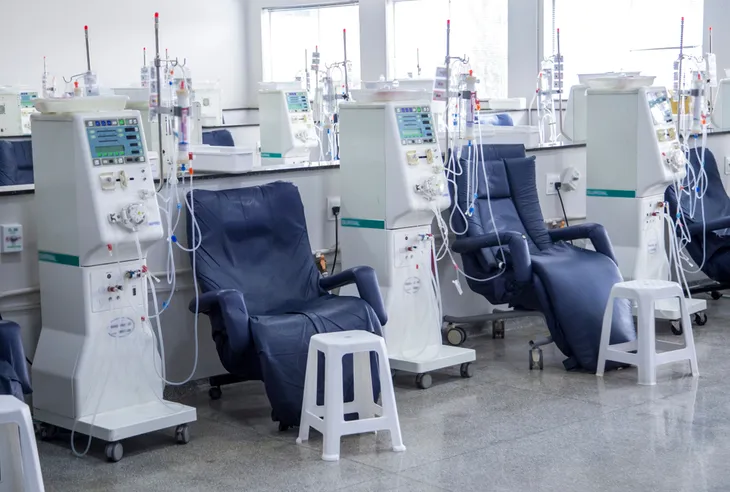Around one in 10 Canadians has kidney disease and millions more are at risk. According to the Kidney Foundation of Canada, the number of people living with end-stage kidney disease or kidney failure has grown 35 per cent since 2009, with 46 per cent of new patients under the age of 65.
Hemodialysis is a life-sustaining treatment for kidney failure patients to clean and filter their blood of waste products, salts and excess fluid. However, this membrane-based therapy is not perfect, and hemodialysis patients experience acute side-effects, life-threatening chronic conditions and unacceptably high morbidity and mortality rates.
While hemodialysis treatment can be efficient at replacing some lost kidney function, patients experience some complications such as blood clots, heart conditions, cardiac arrest, blood poisoning, anemia, high/low blood pressure, bone diseases, itching, sleep problems, heart inflammation, fluid overload, infections and muscle cramps.
As a membrane science researcher, I am working on creating hemodialysis membranes that are more compatible with the human body than current membranes. My short-term aim is to achieve reduced patient side-effects and increase quality of life.
My long-term goal is to design an artificial wearable kidney based on a membrane with greatly improved performance compared to those in use in hospitals today. This is the only research program in Canada to address key problems associated with dialysis membranes.
Problems and challenges with hemodialysis
First, dialysis treatment is expensive, costing the Canadian health-care system more than $100,000 per patient per year. And while it does prolong life, it presents a number of challenges.
Because the membranes in use today cannot perfectly mimic the function of a healthy kidney, some toxins can be poorly filtered from the blood, new ones can arise from blood-membrane interactions and blood clotting can occur.In a hemodialysis session, a patient’s blood is diverted to a machine to remove waste products and excess fluid. A typical patient requires three dialysis sessions per week, each taking four to five hours, so even mild interactions between a patient’s blood and the dialysis membrane may lead to big problems over time.
The five-year survival rate for hemodialysis patients is 35 per cent, and only 25 per cent for hemodialysis patients with diabetes; both values are considerably worse than the five-year survival rate for cancer patients of approximately 64 per cent.
Additional kidney failure patients are now requiring treatment as more than 30 per cent of patients hospitalized with COVID-19 develop kidney injury. Some studies in Canada showed that around 54 per cent of the Canadian patients who were hospitalized with COVID-19 developed acute kidney injury. Although the rates of acute kidney injury have fallen from the early months of the pandemic, high-risk patients should have their kidney function and fluid status monitored closely.
Research program progress
My research group is working on creating hemodialysis membranes that are more compatible with the human body than current membranes. The first step was to conduct in-depth investigations of the membranes available in Canadian hospitals to determine how patient side-effects are related to the characteristics of the membranes and the clinical practices employed. We are getting answers to several key questions and taking steps towards new designs and new membrane materials.
Innovative imaging techniques available at the Canadian Light Source (CLS) synchrotron at the University of Saskatchewan have allowed my team to visualize and track the behaviour and deposits of blood proteins inside the membrane channels. This is important because these protein deposits can bring about severe inflammation and are undesirable. Imaging at the CLS allows real-time 3D visualization at high speeds.
We are currently using customized gold nanoparticles to label and track specific blood proteins, which have different shapes and sizes, through the filtration process. This is a huge advance over other imaging techniques that only allow us to see the top layer of the membrane.
We can now monitor the flow at every layer of both new and existing hemodialysis membranes, which means we can assess protein deposits on the dialysis membrane surface, accumulation and blockage of the membrane pores at all points in the process.
Using advanced software, the 3D images we obtain are being converted into valuable models that can predict how these blood proteins behave when they interact with different types of membranes. These models also enable us to understand when, how and why proteins accumulate and block the membranes for different clinical conditions.
Impact for patients
We are using this information to provide doctors with tools to optimize clinical practice and minimize the patients’ side-effects. For example, one recent study was the first to be able to predict the inflammation that patients may experience after a dialysis session.
Importantly, we are using all of this information to develop new membranes that better mimic the filtration ability of a healthy kidney. Again using gold nanoparticles to track blood proteins, imaging techniques at the CLS show the amount of attachment on current clinical membranes (Photo A) is greater than on membranes we developed with our new coating (Photo B).
The information from all of our studies is being integrated to allow us to tune membrane characteristics for individual patient characteristics, which directly works towards our goal of improving patient quality of life.
The results of our work will reduce acute side-effects and life-threatening chronic conditions, and increase the quality of life and survival of the millions of people who suffer from kidney failure.
Amira Abdelrasoul, Assistant Professor, Chemical and Biomedical Engineering, University of Saskatchewan
![]()
This article is republished from The Conversation under a Creative Commons license. Read the original article.







